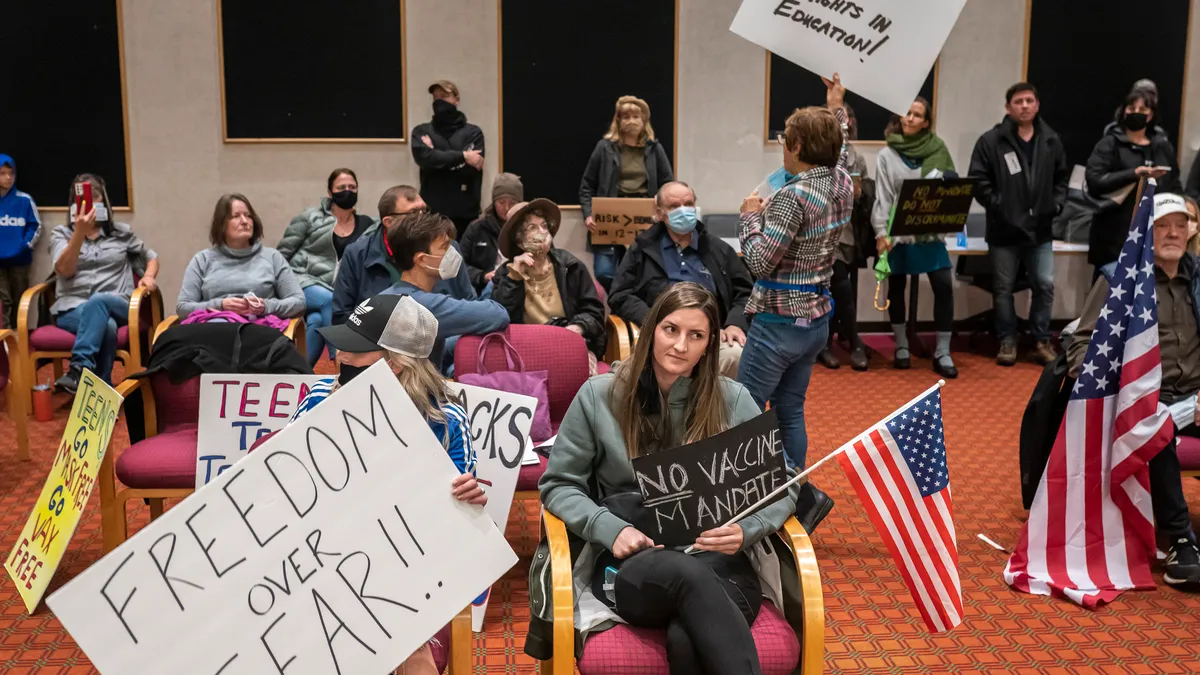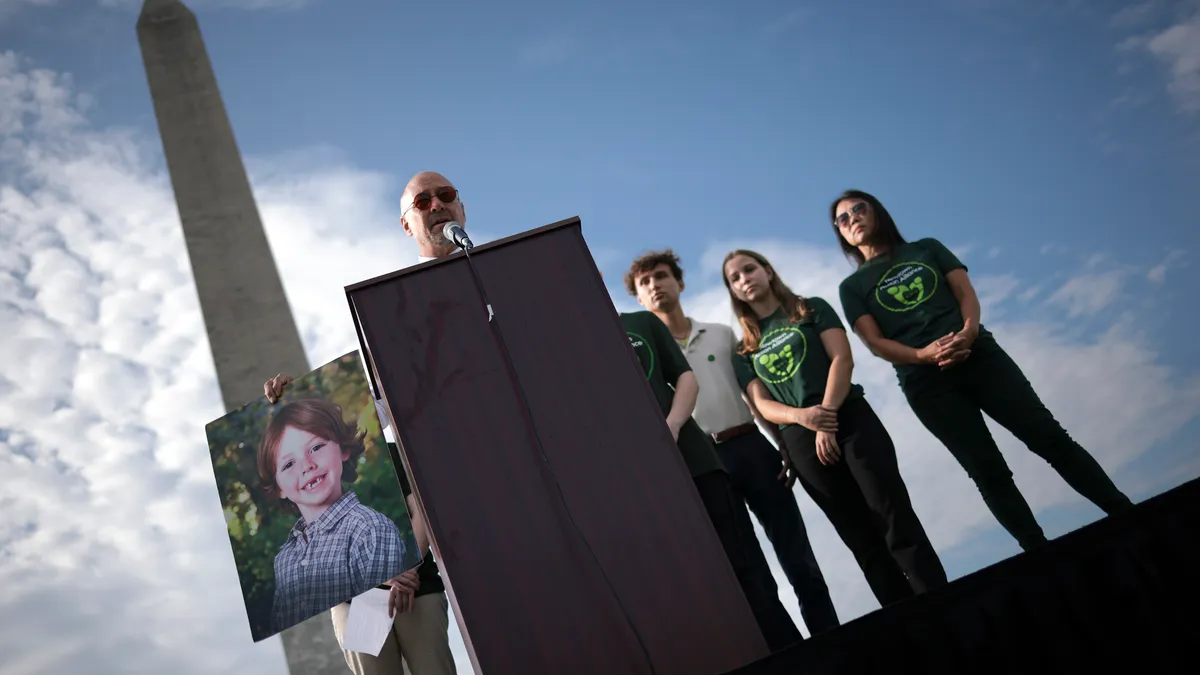Dive Brief:
- The National Transportation Safety Board (NTSB) is the latest federal agency to call for seat belts on school buses, according to Bloomberg.
- At a Tuesday hearing regarding two recent deadly school bus crashes in 2016 — one in Chattanooga, Tenn., and the other in Baltimore — the agency also recommended that the National Highway Traffic Safety Administration (NHTSA) require school buses to have automatic emergency braking systems to avoid crashes.
- While the agency can’t force companies or other government agencies to implement those changes, it does have influence in the industry, the article said. During the hearing NTSB Chairman Robert Sumwalt said the recommendations would “help ensure new school buses are manufactured with occupant protection such as lap-shoulder belts as well as collision avoidance technology. Safety demands oversight that puts lives first,” according to NTSB’s Twitter feed.
Dive Insight:
Since Mark Rosekind, administrator for NHTSA said in 2015 that “seat belts save lives” and called for three-point seat belts on all school buses, state legislatures have been moving in that direction. In the past, NHTSA’s position was that school buses did not need seat belts because the force from a crash is distributed differently in a bus than in a van or a light truck.
While seat belts might have saved lives in the Chattanooga crash, in which six children died, an organization called the Stand Up for School Bus Safety Coalition also continues to point to other unsafe practices by Durham School Services, the company involved in the crash. In a statement following the NTSB hearing, coalition member Michael Gilliland said, “The fact that the company failed to take action after multiple complaints from community members and lacked a systematic process for addressing these issues reveals a corporate mindset that doesn’t put our children’s well-being first.”
According to another NTSB tweet, Sumwalt also said during the hearing that the companies linked to both crashes bear some responsibility. “School bus safety is statistically very safe,” he said. “However, in both crashes, we saw poor driver oversight by school districts & the contracted motor carriers.”













